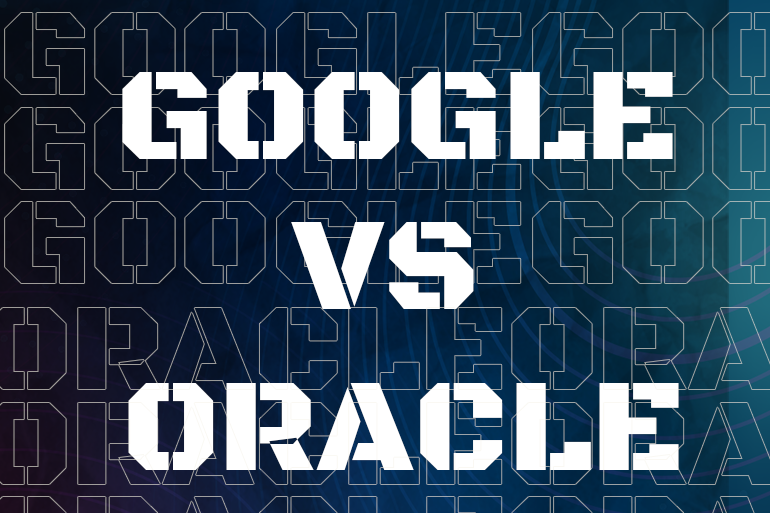The case of Google vs. Oracle stands as a pivotal moment in copyright law, particularly concerning the boundaries of protection for software interfaces. At its core, the dispute revolves around Google's use of Java APIs in its Android operating system and Oracle's assertion of copyright infringement. This article delves into the intricacies of the case, its legal proceedings, and its implications for the tech industry.
Background
Google's development of the Android operating system, a dominant force in the smartphone market, relied on the utilization of Java APIs initially developed by Sun Microsystems, later acquired by Oracle. APIs serve as the backbone of software communication, facilitating interoperability between different applications.
Legal Proceedings
Oracle filed a lawsuit against Google in 2010, alleging copyright infringement related to Google's use of Java APIs in Android. The central question before the courts was whether APIs are subject to copyright protection and, if so, whether Google's use constituted fair use under copyright law.
Oracle argued that Google's utilization of Java APIs without a license amounted to copyright infringement, while Google contended that its use was permissible under fair use, necessary for interoperability and compatibility.
Court Rulings
The case underwent multiple trials and appeals, leading to conflicting rulings. In 2012, a jury found Google guilty of copyright infringement but deadlocked on the fair use question. Subsequently, the Federal Circuit Court of Appeals overturned the jury's verdict, ruling that APIs are not copyrightable.
Oracle appealed to the Supreme Court, which agreed to hear the case in 2020. In April 2021, the Supreme Court delivered its verdict, siding with Google and affirming that its use of Java APIs constituted fair use. The ruling marked a definitive resolution of the copyright dispute in Google's favor.
Implications
The Supreme Court's decision in Google vs. Oracle carries far-reaching implications for software developers and the tech industry at large. It clarifies the boundaries of copyright protection for software interfaces, providing greater certainty for developers regarding the permissible use of APIs.
The ruling reaffirms the doctrine of fair use as a crucial mechanism for balancing the interests of copyright owners with principles of innovation and competition. Moreover, it underscores the need for clear legal frameworks to address emerging issues in software development and intellectual property law.
Conclusion
In the evolving landscape of technology and innovation, Google vs. Oracle serves as a landmark case that navigates the intersection of copyright law and software development. By resolving critical questions surrounding the use of APIs and fair use principles, the case sets a precedent that will shape future legal interpretations and industry practices in the realm of software copyright.

